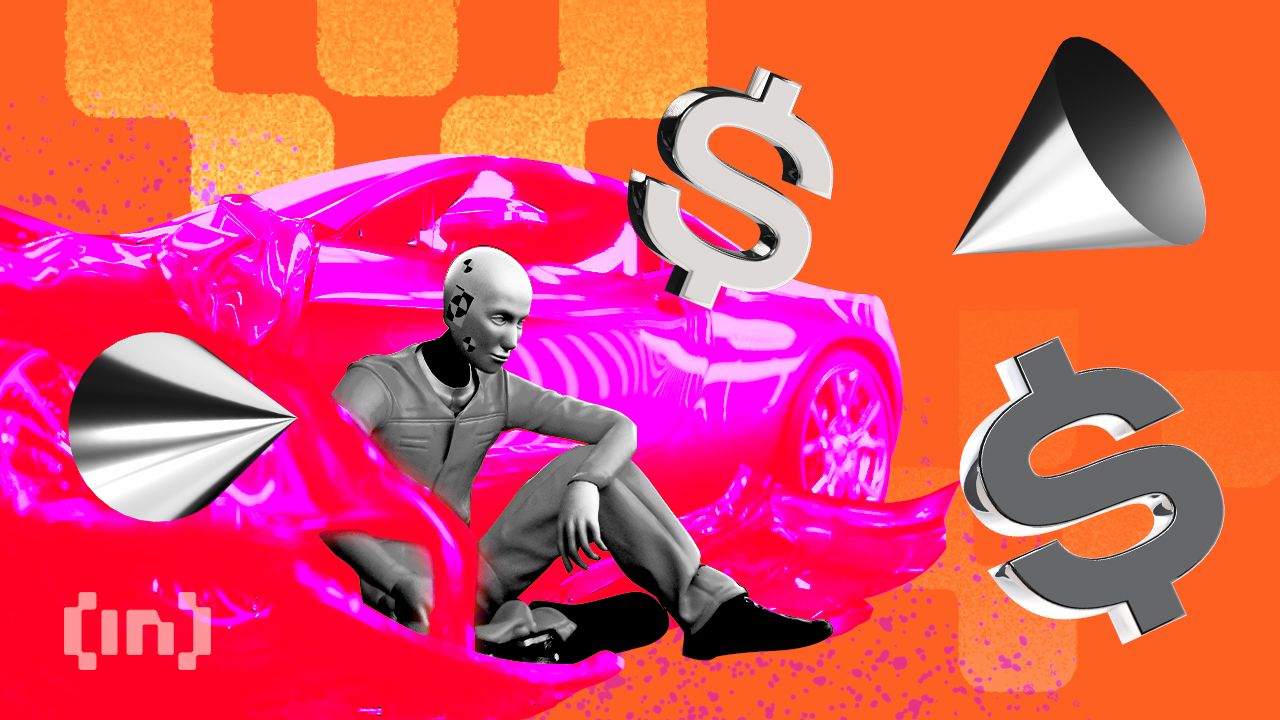In Davos, Blockchain offers more promise than problems

About half of the estimated 500 companies attending the 2023 annual World Economic Forum (WEF) event in Davos, Switzerland, are technology companies and startups. You see them stretching out over the Promenade – the main street that runs through the center where all the action happens. The showcases showcase products and services in blockchain technology, artificial intelligence (AI), virtual reality (VR), robotics, 3D printing and the Internet of Things (IoT), offering a taste of the latest and greatest to come.
One of the most notable topics being discussed – on panels, at events, over live broadcasts – is the future of money. When you talk about the future of money, of course you also have to mention crypto. The conversations I’ve overheard or been a part of, so far, have been about the pragmatic (using blockchain for traceability), the political (using blockchain for anti-corruption), the futuristic (decentralized finance and the metaverse), and the hopeful (stimulating climate measures through Web3).
Advit Nath is the Controller and Director of the United Nations International Fund for Agricultural Development and a regional ambassador for the Global Blockchain Business Council.
It shouldn’t come as a surprise that people are talking about technology – the conversation was started. The WEF’s recently released “2023 Global Risk Report” cited “technological disruption” as a top risk. With the high-profile busts of major crypto firms still fresh, there is pessimism among many in Davos about crypto.
See also: Davos 2023: Crypto is down, but not out
In addition to being a technology enthusiast, my day job is working in finance and innovation for a specialized agency from the UN and international financial institution called the International Fund for Agricultural Development (IFAD), which often gives me a first-hand look at where technological solutions are taken in use. It is clear, despite the recent negative headlines, that blockchain technology has more promise than problems.
It is important to distinguish between blockchain – the technology behind cryptocurrencies – and crypto itself. Decentralized digital currency as a concept is not going to go away, but cryptocurrencies that are not backed by real assets in a significant way are unlikely to survive. We are going to see fewer industry players willing to take the financial and reputational risk of being exposed to crypto.
However, blockchain as a technology will continue to grow exponentially and its use cases will expand. The real-world applications of blockchain, many already in use by organizations focused on international development, offer far greater utility and cost savings.
On a panel organized by the Global Blockchain Business Council covering the topic “Blockchain for Public Institutions (Governments and International Organizations),” I spoke about the challenges of past food crises around the world and how blockchain technology has and can be used. Blockchain is already being used in development projects to increase the traceability and auditability of funds from donors to farmers as well as the traceability of food, raw materials and energy in the agricultural supply chain – at a relatively low cost.
Take just one example of IFAD’s Kenya Climate Smart Agriculture Project (KCAP). Through this initiative, we proved that we could track every dollar of the $100 million project spanning 50 downstream players by placing the information on a secure blockchain. (Although we are blockchain agnostic, the project uses a hybrid public-private, permissioned version of Ethereum, which ensures that personal information is kept secure off-chain.) This system offers results that impact development in near real-time, directly from farmers. .
Using blockchain in this way not only provides full transparency about the flow of funds from donors to farmers, but ensures compliance through automated checks with our anti-money laundering software. Furthermore, it enables the UN to automate a number of services. For example, farmers can now expedite payments to their suppliers with the click of a button on a mobile phone.
See also: This UN-affiliated NFT project helps fight climate change
Nowhere is the value and utility of crypto more evident than in stablecoins, a type of cryptocurrency designed to keep its value tied to a fiat currency. Stablecoins backed by reserves that are independently audited could be a means of cutting through bureaucratic red tape and enabling anyone to move money across borders in seconds.
Davos is where policy is made and world leaders meet. I like to think that I am helping to support the ongoing digital transformation by sharing stories of blockchain use cases on the ground. Digital money is only becoming a more practical solution as the crossover between crypto and fiat currencies increases – an easy lesson to remember when surrounded by the snowy Swiss mountains.

























